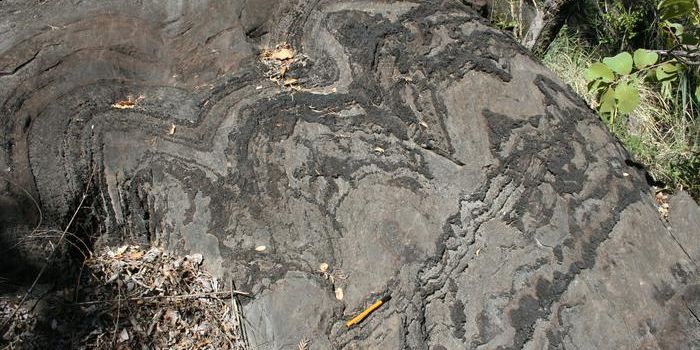The Unpredictable Fate of Antarctic Glaciers and Rising Seas
Can researchers predict the behavior of ice glaciers before they break apart and melt due to warming waters? This is what a recent study published in AGU Advances hopes to address as a team of researchers from Harvard University and the University of Washington investigated how the Pine Island Glacier Ice Shelf in Antarctica, which is responsible for contributing to approximately 25 percent of Antarctica’s ice reduction. This study holds the potential to help researchers and the public better understand the long-term consequences of climate change and how much sea levels could rise from melting ice glaciers.
For the study, the researchers used a combination of seismic instruments and satellite data to measure the speed of a 6.5-mile (10.5-kilometer) ice fracture on Pine Island that occurred in 2012. The goal was to ascertain how fast glaciers can break apart, as ice fractures in glaciers traditionally occur slowly, often taking weeks and months for a fracture to fully form. However, after analyzing all the data, the researchers determined the fracture on Pine Island in 2012 occurred in a breathtaking 5 and s half minutes, meaning the massive ice fracture occurred at an astounding speed 115 feet per second (35 meters), or equal to approximately 80 miles per hour (129 kilometers per hour).
“This is to our knowledge the fastest rift-opening event that's ever been observed,” said Dr. Stephanie Olinger, who is a postdoctoral researcher at Stanford University but conducted the research when she was a PhD student at UW and Harvard University and is lead author of the study. “This shows that under certain circumstances, an ice shelf can shatter. It tells us we need to look out for this type of behavior in the future, and it informs how we might go about describing these fractures in large-scale ice sheet models.”
This study comes as the National Snow and Ice Data Center predicts that sea levels will experience average increases of 10 to 12 inches (0.25 to 0.30 meters) between 2020 and 2050, or the same increases that occurred between 1920 and 2020. While these numbers vary based on geographic location, coastal communities are undoubtedly at risk of experiencing the worst sea level rise.
What new discoveries about ice glacier behavior will scientists make in the coming years and decades? Only time will tell, and this is why we science!
As always, keep doing science & keep looking up!
Sources: AGU Advances, Antarctic Glaciers, EurekAlert!, National Snow and Ice Data Center








